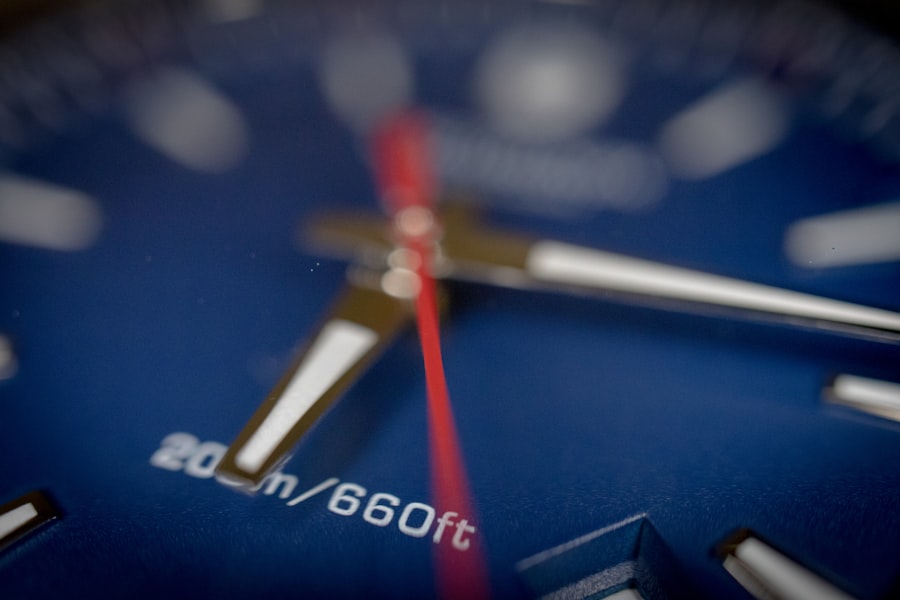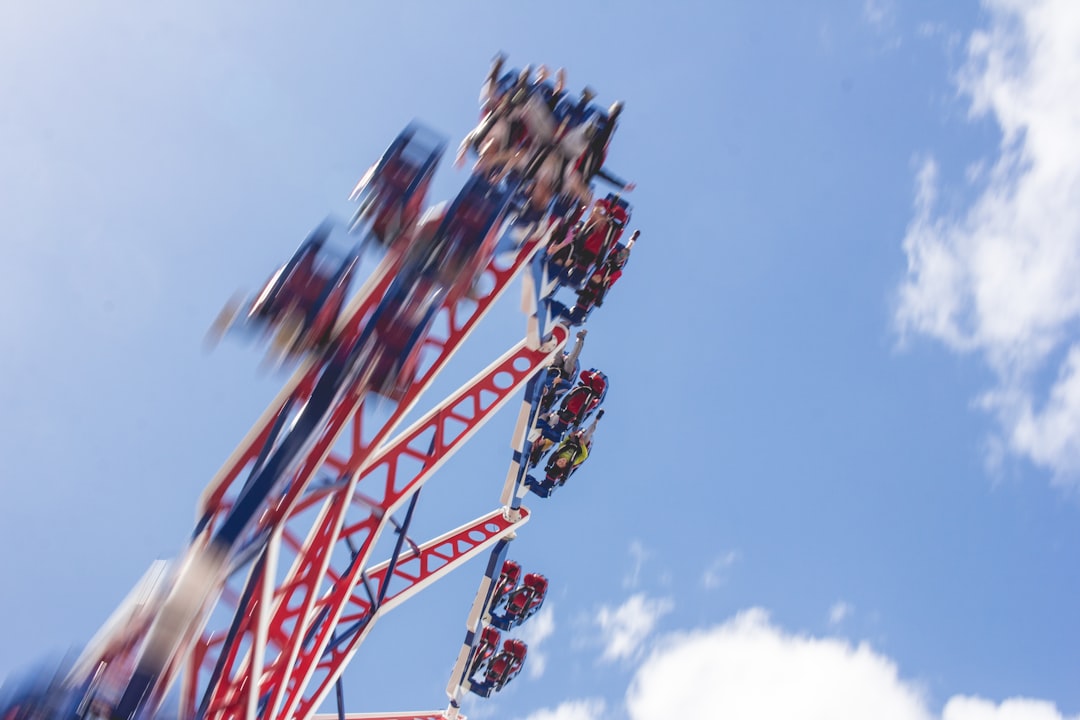In recent years, the integration of artificial intelligence (AI) into various sectors has revolutionized how we approach tasks, analyze data, and enhance performance. One of the most exciting applications of AI is in the realm of sports performance, particularly through the lens of movement analysis. KI-gesteuerte Bewegungsanalyse, or AI-driven movement analysis, is transforming how athletes train, compete, and recover.
By leveraging advanced algorithms and machine learning techniques, these systems can dissect an athlete’s movements with unprecedented precision, providing insights that were previously unattainable. The significance of this technology cannot be overstated. As sports become increasingly competitive, the margin for error narrows, and athletes are constantly seeking an edge over their opponents.
KI-gesteuerte Bewegungsanalyse offers a pathway to optimize performance by identifying inefficiencies in technique and suggesting improvements. This not only enhances individual performance but also contributes to the overall evolution of sports science, paving the way for more informed training regimens and recovery strategies.
Key Takeaways
- KI-gesteuerte Bewegungsanalyse in der Sportperformance uses artificial intelligence to analyze athletes’ movements.
- KI systems can identify areas for improvement in athletes’ techniques and provide personalized feedback.
- KI-driven coaching has the potential to revolutionize sports performance by offering tailored training programs.
- By analyzing movement patterns, KI systems can help predict and prevent injuries in athletes.
- Real-life applications of KI-gesteuerte Bewegungsanalyse include enhancing training programs and improving overall athlete performance.
How KI systems can analyze athletes’ movements to improve techniques
Accurate Movement Analysis
AI systems utilize a combination of computer vision, sensor data, and machine learning algorithms to analyze athletes’ movements in real-time. By capturing video footage or utilizing wearable technology, these systems can track an athlete’s biomechanics with remarkable accuracy. For instance, motion capture technology can provide detailed information about joint angles, speed, and acceleration during various phases of an athletic performance.
Identifying Patterns and Anomalies
This data is then processed by AI algorithms that can identify patterns and anomalies in movement. The insights gained from this analysis are invaluable for coaches and athletes alike. By pinpointing specific areas where an athlete may be underperforming or at risk of injury, tailored training programs can be developed to address these issues.
Personalized Feedback for Enhanced Performance
For example, a runner may receive feedback on their stride length and frequency, allowing them to make adjustments that enhance efficiency and reduce fatigue. Similarly, a basketball player might learn about their shooting mechanics, leading to improved accuracy and consistency. The ability to provide such personalized feedback is a game-changer in the world of sports training.
The potential for KI-driven coaching in sports performance

The advent of KI-driven coaching represents a paradigm shift in how athletes receive guidance and support. Traditional coaching methods often rely on subjective observations and experience, which can vary significantly from one coach to another. In contrast, AI systems offer objective data-driven insights that can enhance the coaching process.
By analyzing vast amounts of movement data, these systems can identify trends and correlations that may not be immediately apparent to human coaches. Moreover, KI-driven coaching can facilitate a more personalized approach to athlete development. Coaches can leverage AI insights to create customized training plans that cater to an athlete’s unique strengths and weaknesses.
This level of personalization not only maximizes performance potential but also fosters a deeper understanding of the athlete’s body mechanics. As a result, athletes become more engaged in their training, as they can see tangible improvements based on data rather than relying solely on intuition or anecdotal evidence.
Predicting injuries based on movement analysis using KI systems
One of the most promising applications of KI-gesteuerte Bewegungsanalyse is its potential to predict injuries before they occur. By continuously monitoring an athlete’s movements and analyzing historical data, AI systems can identify risk factors associated with specific injuries. For instance, if an athlete’s biomechanics indicate excessive strain on a particular joint or muscle group, the system can alert coaches and trainers to intervene before an injury manifests.
This proactive approach to injury prevention is particularly crucial in high-impact sports where the risk of injury is elevated. By utilizing AI-driven movement analysis, teams can implement targeted interventions such as strength training or flexibility exercises tailored to mitigate identified risks. Furthermore, this technology allows for ongoing monitoring throughout an athlete’s career, enabling adjustments to training regimens as their bodies evolve over time.
Real-life applications of KI-gesteuerte Bewegungsanalyse in der Sportperformance
The practical applications of KI-gesteuerte Bewegungsanalyse are already being realized across various sports disciplines. In professional basketball, teams are employing AI systems to analyze shooting techniques and defensive movements. By breaking down player movements frame by frame, coaches can provide actionable feedback that leads to improved performance on the court.
Similarly, in soccer, AI-driven analysis is being used to assess players’ running patterns and tactical positioning during matches. Beyond team sports, individual athletes are also harnessing the power of AI for personal improvement. Runners are utilizing wearable devices equipped with AI algorithms that monitor their gait and provide real-time feedback on their running form.
This technology not only enhances performance but also contributes to injury prevention by ensuring that athletes maintain optimal biomechanics throughout their training sessions.
The impact of KI-driven movement analysis on athlete performance

Enhancing Athlete Performance through Data-Driven Insights
The impact of AI-driven movement analysis on athlete performance is profound and multifaceted. By providing athletes with precise data about their movements, these systems empower them to make informed decisions about their training and technique. As athletes become more aware of their biomechanics, they can make adjustments that lead to improved efficiency and effectiveness in their respective sports.
Transforming Training Regimens with AI Integration
Moreover, the integration of AI into training regimens fosters a culture of continuous improvement. Athletes are no longer reliant solely on traditional coaching methods; instead, they have access to a wealth of data that informs their practice sessions. This shift not only enhances individual performance but also elevates the overall standard of competition within sports as athletes push the boundaries of what is possible.
Elevating the Standard of Competition
As athletes continue to leverage AI-driven movement analysis, the overall standard of competition within sports is elevated. With access to precise data and insights, athletes are able to refine their techniques, optimize their performance, and push the boundaries of what is possible. This, in turn, drives innovation and progress within the sports industry as a whole.
A New Era of Athlete Development
The integration of AI-driven movement analysis marks a new era in athlete development. By combining traditional coaching methods with cutting-edge technology, athletes are able to unlock their full potential and achieve unprecedented levels of success. As this technology continues to evolve, it is likely to have a profound impact on the world of sports, driving innovation and progress for years to come.
Challenges and limitations of KI systems in sports movement analysis
Despite the numerous advantages offered by KI-gesteuerte Bewegungsanalyse, there are challenges and limitations that must be addressed. One significant hurdle is the need for high-quality data input. The effectiveness of AI systems relies heavily on the accuracy and comprehensiveness of the data collected.
Inconsistent or incomplete data can lead to misleading insights that may hinder rather than help an athlete’s development. Additionally, there is a growing concern regarding the accessibility of this technology. While elite athletes and professional teams may have the resources to invest in advanced AI systems, many amateur athletes and smaller organizations may find it challenging to access these tools.
Bridging this gap will be essential for ensuring that all athletes can benefit from the advancements in movement analysis technology.
The future of KI-gesteuerte Bewegungsanalyse in der Sportperformance
Looking ahead, the future of KI-gesteuerte Bewegungsanalyse in der Sportperformance appears bright and full of potential. As technology continues to evolve, we can expect even more sophisticated AI systems capable of providing deeper insights into athletic performance. Innovations such as augmented reality (AR) could further enhance training experiences by overlaying real-time data onto an athlete’s field of vision during practice sessions.
Moreover, as more data becomes available through wearable devices and smart equipment, AI algorithms will become increasingly adept at recognizing patterns and making predictions about performance outcomes.
In conclusion, KI-gesteuerte Bewegungsanalyse is poised to redefine how we approach sports performance analysis and coaching.
By harnessing the power of artificial intelligence, athletes can gain unprecedented insights into their movements, leading to improved techniques, enhanced performance, and reduced injury risks. As this technology continues to advance, it will undoubtedly play a pivotal role in shaping the future landscape of sports training and competition.
Diese Links scheinen sich mehr auf das Thema Metaversum zu konzentrieren. Für weiterführende Informationen zu KI-Systemen in der Sportanalyse wäre es empfehlenswert, spezifische Fachartikel oder wissenschaftliche Publikationen zu suchen, die sich direkt mit diesem Thema auseinandersetzen.
FAQs
What is KI-gesteuerte Bewegungsanalyse in der Sportperformance?
KI-gesteuerte Bewegungsanalyse in der Sportperformance refers to the use of artificial intelligence (KI) systems to analyze the movements of athletes in order to improve techniques and predict potential injuries. This technology can provide valuable insights into an athlete’s performance and help coaches and trainers make data-driven decisions.
How do KI systems analyze the movements of athletes?
KI systems analyze the movements of athletes by using advanced algorithms to process data from various sources, such as video recordings, motion sensors, and wearable devices. These systems can track and analyze the biomechanics of an athlete’s movements, providing detailed insights into their technique, performance, and potential areas for improvement.
What are the potential applications of KI-gesteuerte Bewegungsanalyse in der Sportperformance?
The potential applications of KI-gesteuerte Bewegungsanalyse in der Sportperformance are vast. Some of the key applications include KI-driven coaching, where real-time feedback and personalized training programs can be provided to athletes based on their movement analysis. Additionally, KI systems can also be used to predict and prevent injuries by identifying movement patterns that may lead to potential risks.
How can KI-gesteuerte Bewegungsanalyse benefit athletes and coaches?
KI-gesteuerte Bewegungsanalyse can benefit athletes and coaches in several ways. For athletes, it can provide personalized feedback and training programs to improve their technique and performance. It can also help in injury prevention by identifying potential risks and providing recommendations for corrective actions. Coaches can use the insights from KI systems to make data-driven decisions, tailor training programs, and optimize performance strategies for their athletes.
What are some real-world examples of KI-gesteuerte Bewegungsanalyse in sports?
There are several real-world examples of KI-gesteuerte Bewegungsanalyse being used in sports. For instance, professional sports teams are using KI systems to analyze the movements of their athletes and optimize their training programs. Wearable devices equipped with KI technology are also being used to provide real-time feedback to athletes during training and competitions. Additionally, sports science research institutions are leveraging KI systems to study and improve athletic performance.











Leave a Reply